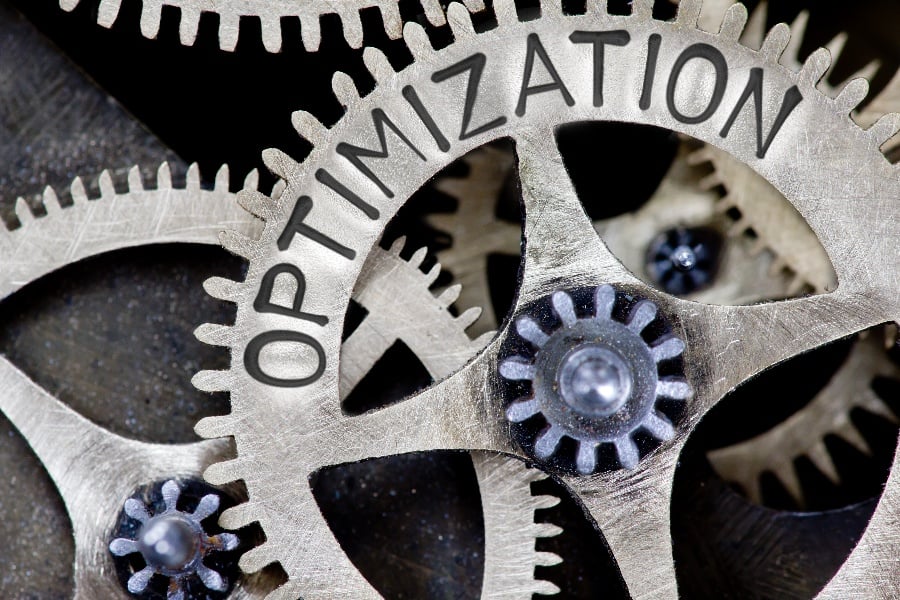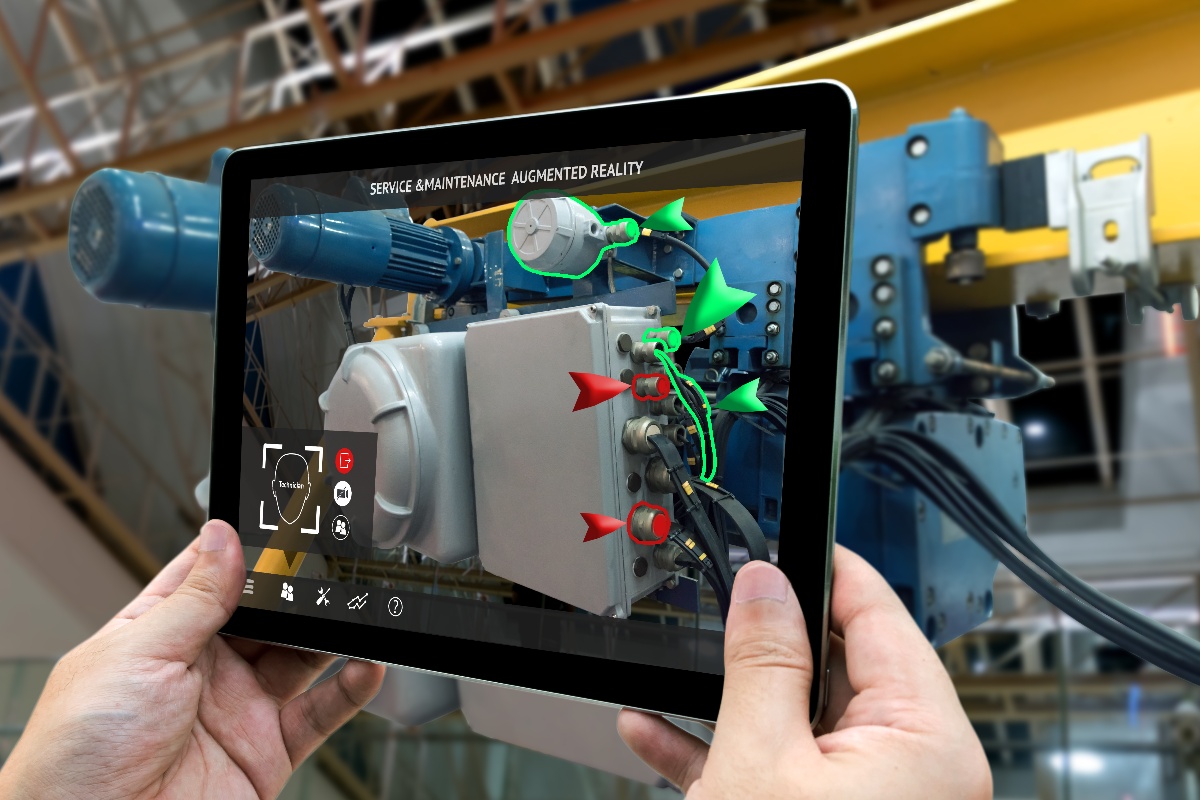As the world is increasingly powered by advanced technologies, a new era in manufacturing has emerged, blurring the lines between humans and machines. This transformative shift is epitomized in the concept of 'Human-in-the-Loop' (HITL) manufacturing, a modern paradigm that capitalizes on the collaboration of human ingenuity and artificial intelligence (AI). This convergence of biological and digital systems has begun to reshape industries across the globe, setting the stage for unparalleled improvements in efficiency, precision, and productivity.
This article delves into the dynamics of Human-in-the-loop manufacturing, exploring its definition, control architecture, best practices, and more.
What is Human-in-the-Loop?
Human-in-the-Loop manufacturing refers to a system in which human intelligence works hand-in-hand with artificial intelligence and automation in the manufacturing process. In such a system, the abilities of machines and humans are integrated, where machines handle repetitive and high-precision tasks while humans manage tasks requiring judgment, creativity, and nuanced understanding. The "loop" signifies the interactive and cyclical nature of the manufacturing process, where humans continually monitor, supervise, and refine automated operations, resulting in an evolving system that learns and improves over time.
Distinction between traditional manufacturing and HITL manufacturing
In traditional manufacturing systems, tasks are typically divided into human-operated and machine-operated, with little interaction or synergy between the two. These systems are often limited in their capacity to adapt to changes or inconsistencies in the production process.
In contrast, HITL manufacturing blurs the line between human and machine tasks. It leverages the strengths of both, allowing for a more dynamic and adaptive system. In this model, humans and machines collaborate, complementing each other's abilities. Humans use their judgment and critical thinking skills to oversee and refine automated processes, while machines perform repetitive tasks with speed and precision, leading to increased efficiency and quality of output.
The role of humans in HITL manufacturing
In a HITL manufacturing setup, humans play a critical role in shaping and improving the production process. They monitor machine performance, ensuring that it aligns with operational goals and standards. When inconsistencies or problems arise, humans intervene to troubleshoot and refine the system, ensuring optimal performance and continuous learning.
Moreover, humans contribute their unique skills, such as decision-making, problem-solving, and creative thinking, to the process. These capabilities, which machines have yet to fully replicate, are invaluable in areas such as product design, quality control, and strategic planning. Thus, despite the high level of automation in HITL manufacturing, human involvement remains integral, enabling the system to leverage the best of both worlds: the precision and efficiency of machines and the cognitive abilities of humans.
Control Architecture in Human-in-the-Loop Manufacturing
The control architecture of manufacturing systems plays a pivotal role in ensuring efficient operations. The control architecture in a human-in-the-loop manufacturing system is typically organized in a heterarchical manner, where independent agents, including human-machine cells, possess local intelligence and cooperate through negotiation mechanisms to achieve their goals.
The control architecture can be divided into three layers:
Physical layer
This layer includes the physical entities of the production system, such as machines, products, and human operators.
Control layer
This middle layer encompasses control agents, which mirror and reproduce the behavior of the single physical objects. This control layer includes both the multi-agent system and shop floor control and execution systems. The main features of the control layer include agents collecting inputs from physical entities and using them to interact with other agents, among physical objects being reproduced by the multi-agent system.
Cyber layer
This layer includes cyber applications, which contribute to the interpretation of the behavior of the factory elements through a cyber-representation, and allow the operator to make more informed decisions that are then sent to the physical layer.
The control architecture allows for both human-to-human and machine-to-machine communications. In hybrid control solutions both machines and humans are assumed as resource or operational holons. They are physical resources available on the shop floor and able to perform tasks and communicate with each other.
This control architecture critically affects the human role in the manufacturing process, enabling new ways of interactions among the human-machine cells. In addition to human-to-machine and human-to-human interactions, a new kind of interaction–machine-to-machine–is introduced, which can significantly impact the efficiency and effectiveness of the manufacturing process.
Best Practices for Human-in-the-Loop Manufacturing
Human-in-the-loop manufacturing is a complex process that requires careful consideration of both human and technological factors. Here are some best practices to ensure the successful implementation of human-in-the-loop manufacturing:
Understanding the Role of Humans
The first step in implementing human-in-the-loop manufacturing is understanding the role of humans in a smart factory. This involves identifying the roles that human operators can play in a smart manufacturing system and how these roles are impacted by the implementation of Industry 4.0 technologies.
Adopting a Human-Centered Approach
A human-centered approach is crucial in human-in-the-loop manufacturing. This approach involves analyzing the manufacturing system in relation to the humans involved, considering their physical and cognitive capabilities. This results in a scenario where many agents collaborate and are socially connected both at the physical and cyber levels.
Implementing Effective Communication and Control Architectures
The interaction of several types of human-in-the-loop cyber-physical production systems (HITLCPPS) should be explored, focusing on the evolutionary role of communication and control architectures. These architectures regulate the decision-making processes in a factory and can be applied to ensure efficient real-time process control.
Case Study: Enhancing Sports Technology with Human-in-the-Loop
In the world of sports, every fraction of a second can make a difference between victory and defeat. To help teams gain the upper hand, a Sports Technology (SportsTech) company leveraged machine learning to provide comprehensive video analysis and tailored coaching tools.
Their innovative technology uses player tracking algorithms to identify and highlight key moments in games, offering valuable insights to coaches and athletes alike. However, the refinement and optimization phase of their model development process demanded significant resources, posing challenges to their internal development team.
Recognizing the potential of Human-in-the-Loop in improving their system, the company outsourced critical tasks, thus freeing their development team to focus on training their model and enhancing performance.
The company partnered with CloudFactory, utilizing their HITL workforce to validate their model in production. The outsourced team worked meticulously, ensuring player tracking labeling was accurate and consistent.
They also tackled exceptions by adding manual labels whenever the model struggled, for instance due to poor video quality or players standing too close to each other. These exceptions required a human touch, capable of interpreting complex visuals and accurately annotating them. Additionally, the HITL team corrected labels where poor player tracking occurred, thus continually improving the data feeding the AI system.
The strategic deployment of the HITL model led to an enhanced user experience, a reduction in burdensome work for the internal model development team, and ultimately a more accurate and effective player tracking system. This case exemplifies how HITL can contribute to model optimization, accelerating the process, and ensuring high-quality results across the manufacturing lifecycle.
As we strive to strike a balance between automation and human skill, it is imperative to understand that Human-in-the-loop manufacturing is not about replacing the human workforce, but rather empowering it with technological tools to unlock unprecedented potential. Navigating the challenges and harnessing the possibilities of this new paradigm will shape the trajectory of manufacturing, steering the sector towards a future characterized by resilience, innovation, and sustainable growth.















